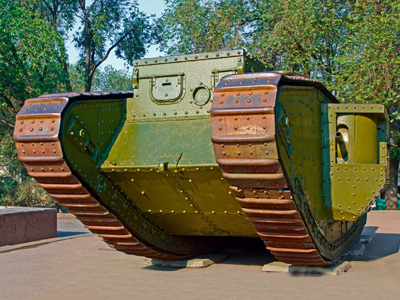
World War One: 1914-18 - Battles Of 1916 On The Western Front - 2
In GCSE History World War One is one of the topics looked at. One aspect of it studied is the events which took place during war itself. This is the third of eight quizzes on that subject. It is also the second of two quizzes looking specifically at the battles which took place on the Western Front in 1916.
Despite many battles, the Western Front saw little movement during World War One. In February 1916 Falkenhayn launched his attack against the French fortress complex of Verdun. The French were anxious for a British attack further west to deflect German pressure onto the British sector. General Sir Douglas Haig was keen to embark on another head-on offensive, which he saw as the only way to win the war.
Discover more about some of the battles which took place on the Western Front in 1916 in this quiz.
Ready for more?
not all...
quizzers. Try to win a coveted spot on our Hall of Fame Page.







